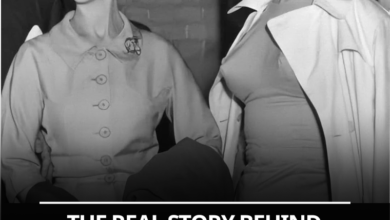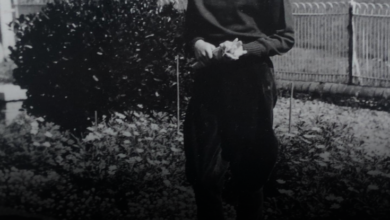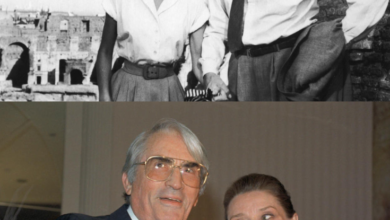Brad Pitt Reveals the ‘Craziest’ Thing About Playing a Tank Commander in Fury
OPINION: This article may contain commentary which reflects the author's opinion.
When Brad Pitt took on the role of Don “Wardaddy” Collier in David Ayer’s 2014 World War II film Fury, he knew it wouldn’t be just another day on set. The film’s raw depiction of the final weeks of the European theater required its actors to endure the harsh physical and psychological conditions that real tank crews faced. For Pitt, who portrayed the battle-hardened commander of a Sherman tank unit, this meant living, breathing, and suffering like the soldiers he was meant to portray.
Immersive Training to Capture the Chaos of War
Pitt and his co-stars underwent a rigorous boot camp led by Navy Seals, designed to strip away the comforts of normal life and plunge them into the grim realities of tank warfare. Speaking with Indiewire, Pitt revealed that the shoot was intentionally engineered “to break us down, to keep us cold, to keep us exhausted, to make us miserable, to keep us wet, make us eat cold food.” Days began before sunrise, followed by relentless drills, night watches, and unforgiving penalties if their gear wasn’t perfectly in order. Over a four-month period, the cast experienced the physical and emotional toll of constant readiness, hunger, and deprivation.
Living conditions mirrored those of real tank crews, with actors eating, sleeping, and even using the bathroom inside the tight confines of the Sherman tank. Pitt recalled the discomfort of the cramped, dangerous space. “There’s nothing ergonomic about a tank,” he told IndieLondon. “It’s not made for habitation in any way. You get inside and if the turret moves you can take an appendage out or you can take it right off.” The result was an environment where injuries were common—cuts, bruises, and worse—but this contributed to the authenticity of their performances. Pitt and his co-stars began to feel a sense of ownership over their tank, seeing it not just as a prop, but as their home.
Physical Fights and Brotherhood
A key element of the preparation involved actual physical altercations among the cast. Pitt engaged in sparring sessions with co-star Jon Bernthal, taking and delivering blows to create genuine tension and camaraderie. While this led to black eyes, bloody noses, and some grumbling on set, it also helped forge a bond among the actors that mirrored the tight-knit relationships of a tank crew under extreme duress.
Psychological Depth
Beyond the physical challenges, Pitt dove into the mental strain that soldiers endured during the war. He spoke openly about drawing from veterans’ stories to understand the exhaustion, trauma, and moral ambiguity faced by those on the front lines. “Talking to the veterans, they painted a picture of the exhaustion, the mental fatigue, the cold, the hunger, the cumulative effect of seeing trauma and inflicting horror on a daily basis,” Pitt told NME. These insights informed his performance, allowing him to portray not just the physical demands of battle, but the profound psychological toll of combat.
A Transformative Role
Fury wasn’t just another war movie for Pitt. It was an immersive experience that pushed him to his limits and changed his understanding of what soldiers endured. From the grueling boot camp to the claustrophobic life inside the tank, the role demanded total commitment. For Pitt, the craziest thing about playing Wardaddy wasn’t just one moment, but the entirety of the process—how it broke them down, forced them to bond, and ultimately created a powerful, authentic portrayal of war’s brutal reality.



